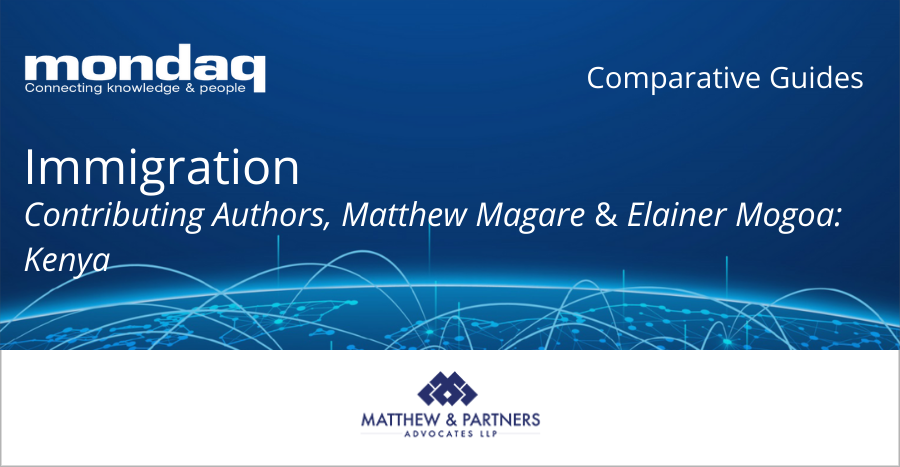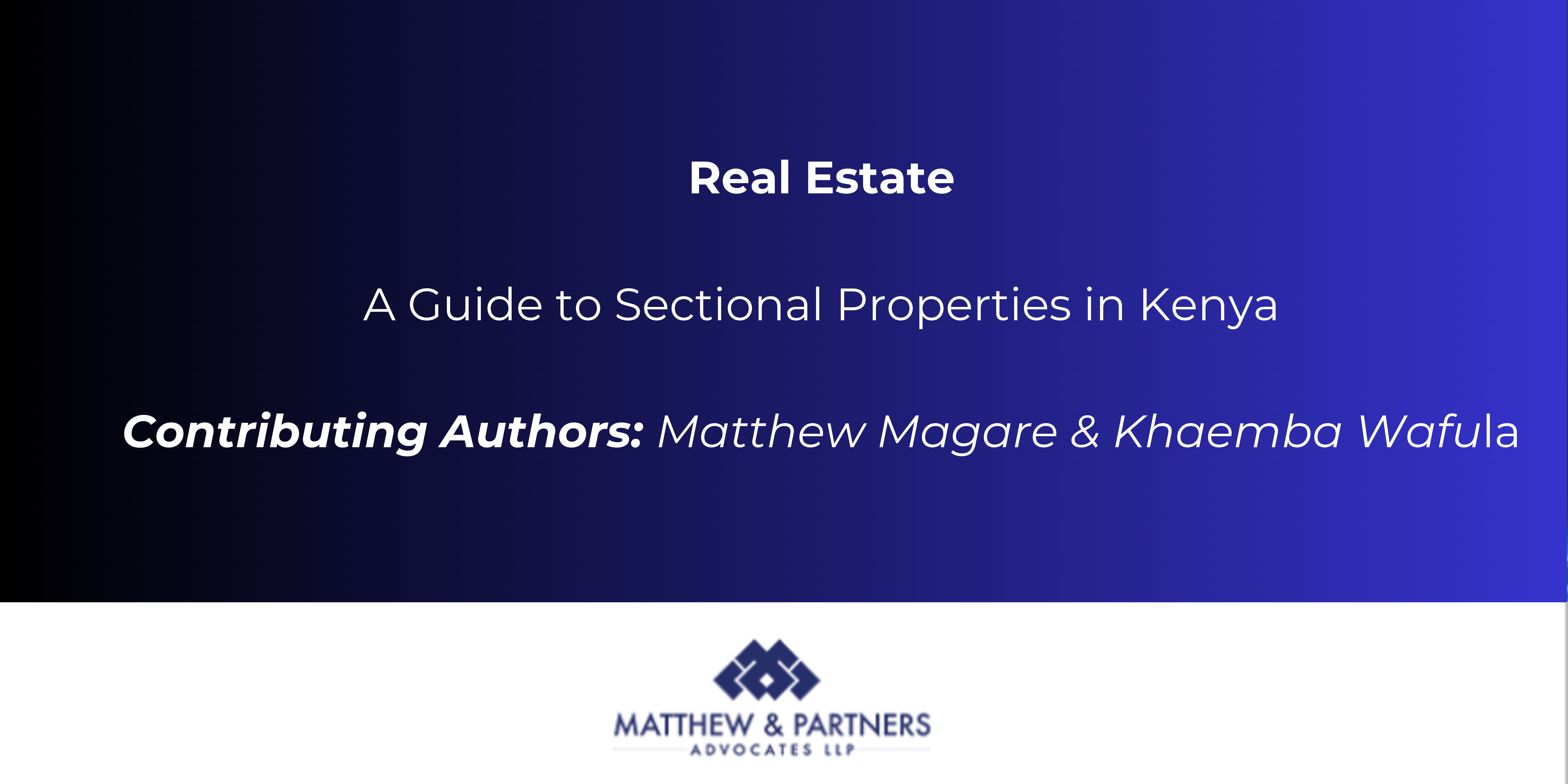1 Legal framework
1.1 Are there statutory sources of labour and employment law?
The statutory sources of labour and employment law are as follows:
- The Constitution of Kenya 2010 provides for the rights and freedoms of employees, employers’ organisations and trade unions.
- The Employment Act 2007 governs the relationship between employers and employees and provides for the minimum conditions of employment.
- The Labour Institutions Act (12/2007) governs the creation of labour institutions such as:
- the National Labour Board, which advises the cabinet secretary for labour on employment matters;
- the Commission of Inquiry;
- the director of employment; and
- other employment bodies, such as the Wages Council, which handle inspections and administration of labour relations.
- The Labour Relations Act 2007 governs the registration and relations of trade unions and employers’ organisations, and promotes employees’ freedom of association.
- The Occupational Safety and Health Act 2007 governs employees’ safety, health and welfare in the workplace.
- The Work Injury Benefits Act 2007 governs the compensation of employees for injuries or diseases contracted during employment.
- The National Social Security Fund Act governs eligibility and terms of contribution to for employee pensions.
- The National Health Insurance Fund Act governs eligibility and terms of contribution to the national medical fund for employees.
- The Employment and Labour Relations Court Act 2014 and the Employment and Labour Relations (Procedure) Rules 2016 govern the establishment, jurisdiction, mandate and procedure of handling disputes in the Employment and Labour Relations Court.
- International treaties have also been ratified, including International Labour Organization conventions such as:
- the Forced Labour Convention;
- the Equal Remuneration Convention;
- the Minimum Age Convention; and
- the Worst Forms of Forced Labour Convention.
A comprehensive list can be found here.
1.2 Is there a contractual system that operates in parallel, or in addition to, the statutory sources?
Yes, there is a contractual system that operates in parallel. A contract governs the relationship between an employer and an independent contractor/consultant.
1.3 Are employment contracts commonly used at all levels? If so, what types of contracts are used and how are they created? Must they be in writing must they include specific information? Are implied clauses allowed?
No, employment contracts are not commonly used at all levels.
…..Continue reading the Labour and Employment Comparative Guide – – Kenya (1)



